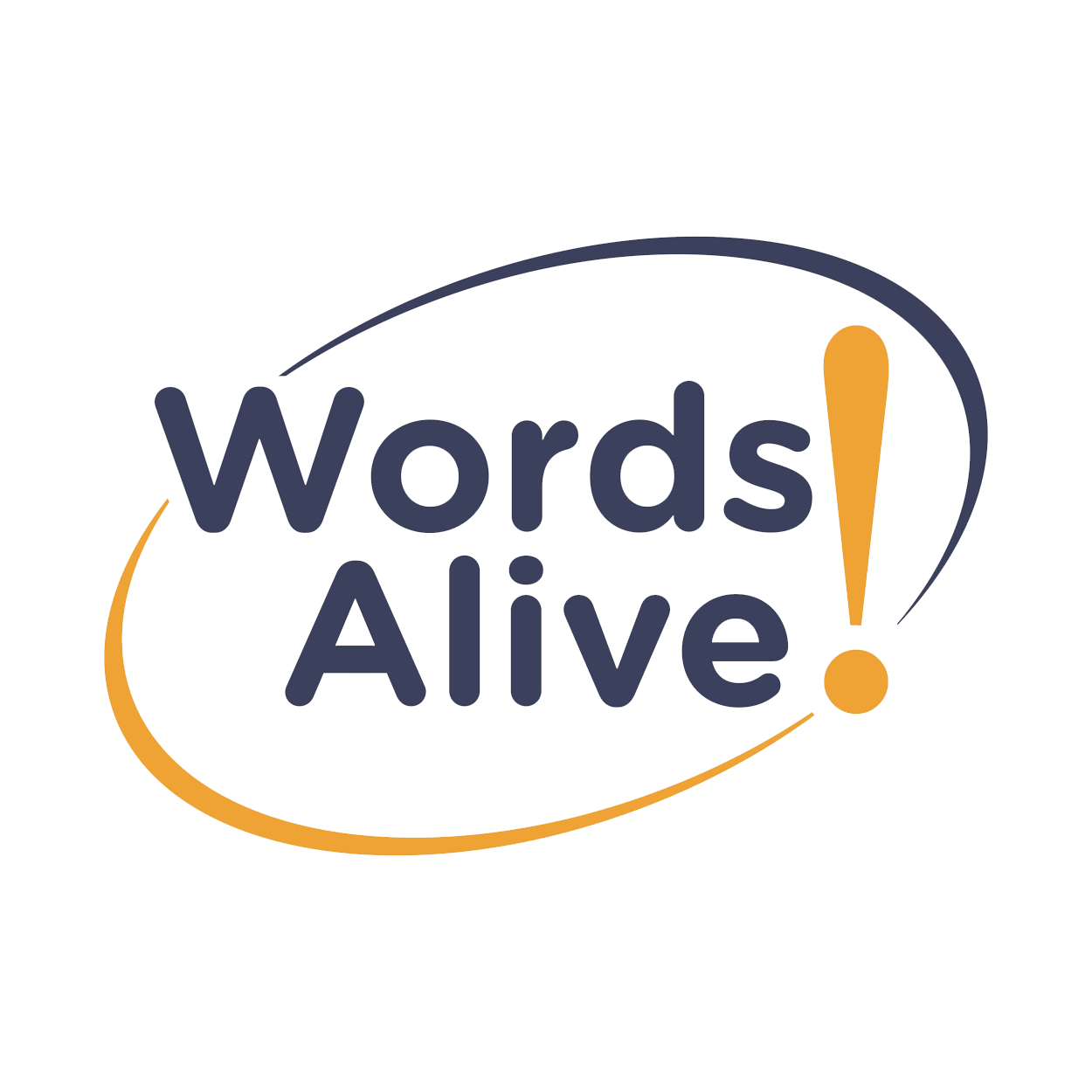By Jennifer van Pelt
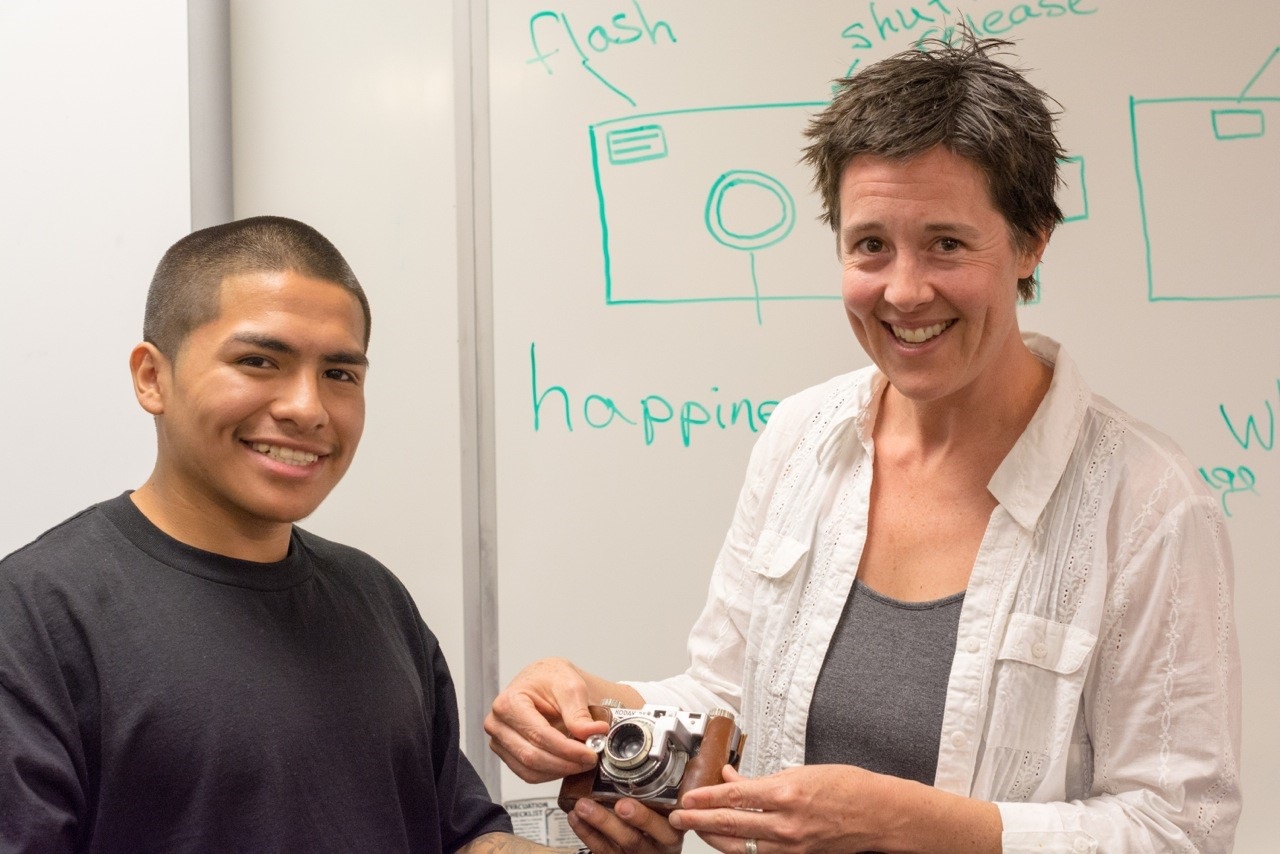
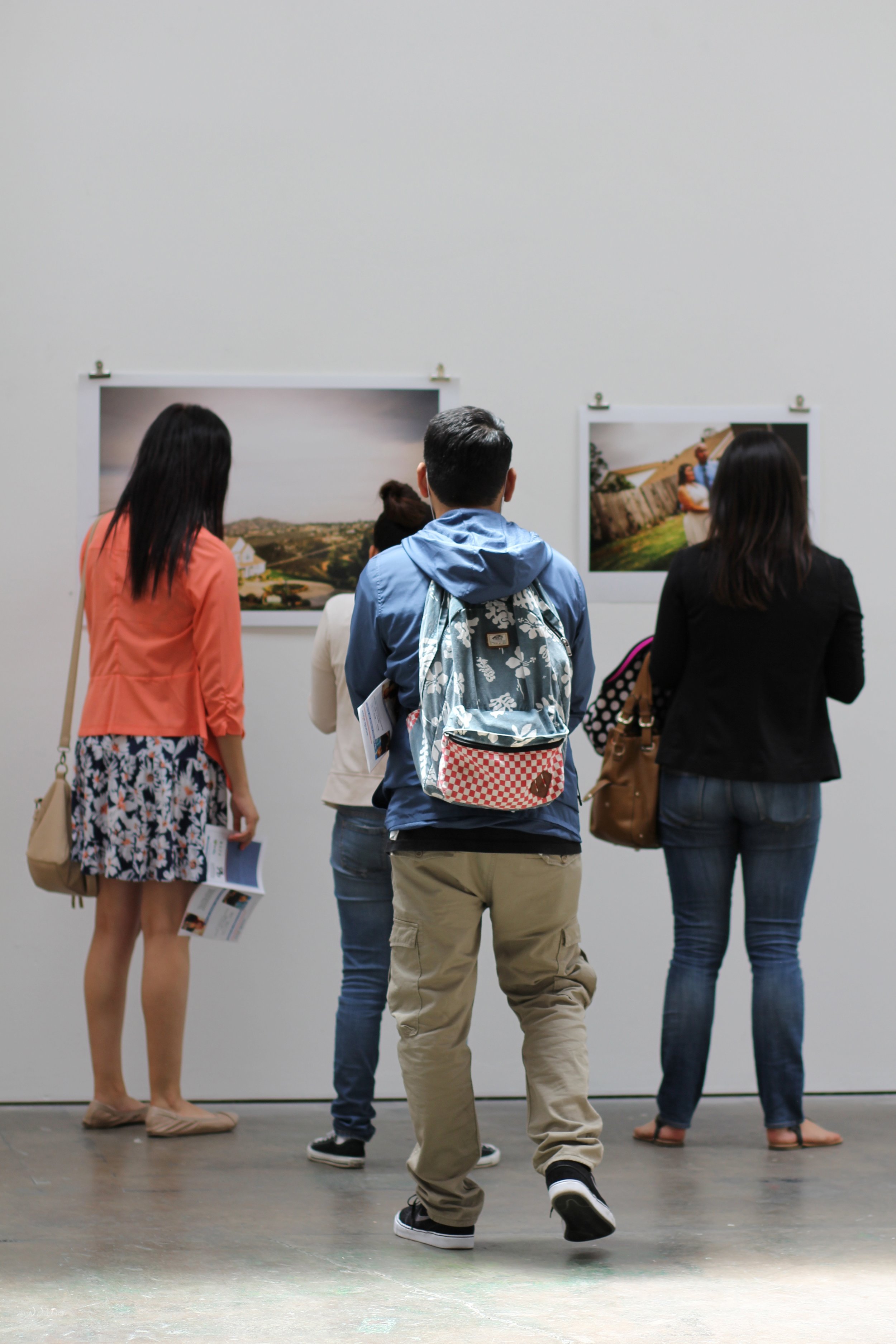
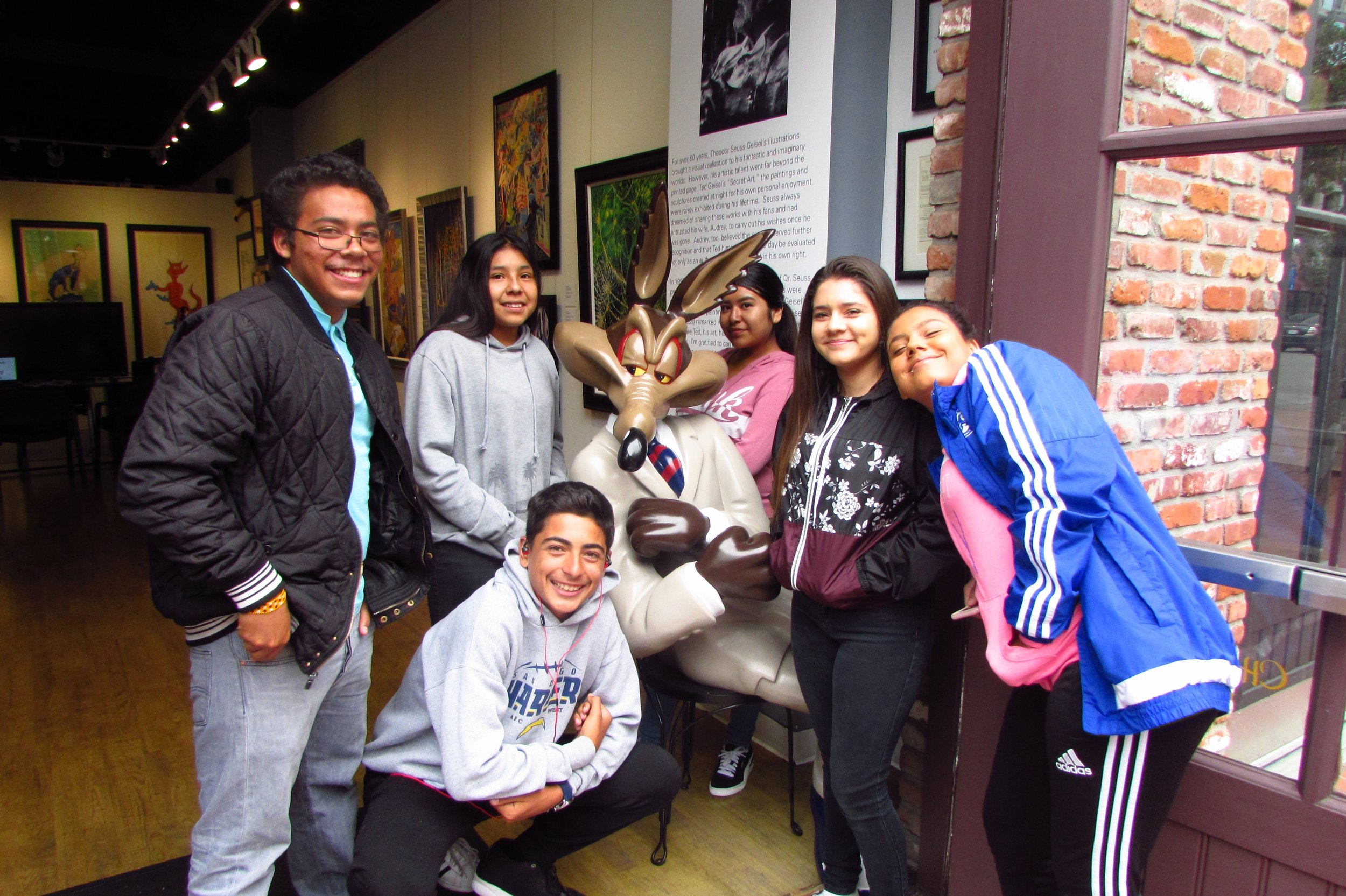
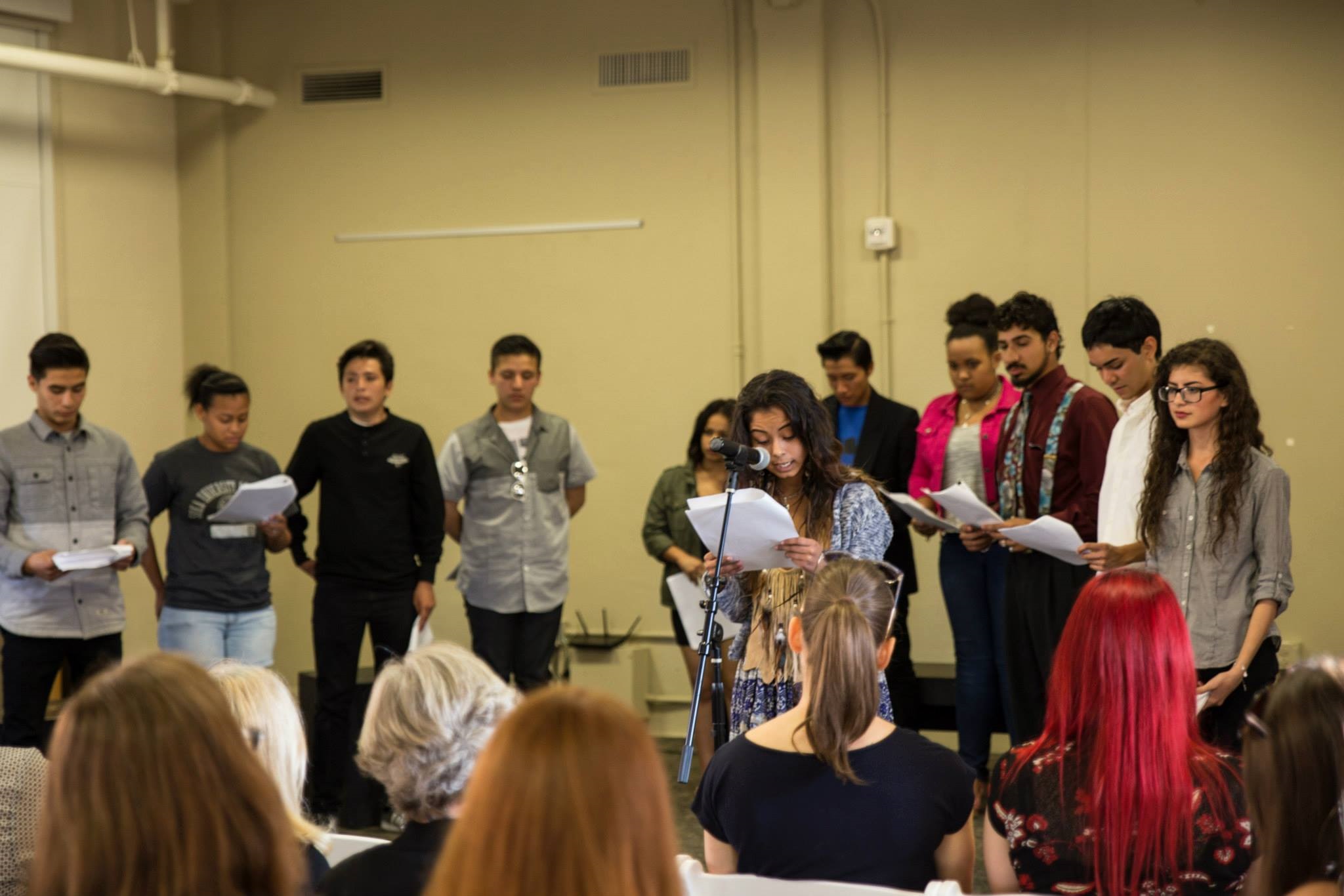
All of our programs aim to help students not only understand the importance of literacy but also fall in love with reading themselves. Our Words Alive Adolescent Book Group takes many different approaches to this, from hosting book club style discussion sessions to working on projects to writing workshops. Each year, we also hold an Arts Component that focuses on connecting a book, theme, and art medium into one exhibit created by the students. As an organization that focuses on increasing literacy in our community, part of our mission is to inspire a commitment to reading. Art brings that opportunity to inspire by allowing the conversation to be more accessible to those who may lack the confidence or interest in reading.
Case Study: Learning Through the Arts
A study was done on students who participated in the “Learning Through the Arts” (LTA) Program at the Guggenheim Museum. Over 200 students and teachers participated in the program and were later tested and interviewed to monitor their progress. For the study, an equal number of individuals did not participate in the program and were also tested at the end of the year, serving as the control group. A few notable outcomes came about from this program, as noted by ArtsEdSearch:
There were increases in critical thinking and literacy skills among students who participated in the LTA Program.
LTA students provided interview responses using language associated with higher grade levels and with more words than those who did not go through the program.
Teaching artists felt that their participation in LTA led them to change their teaching practice by trying new things with students, especially finding strategies to reach below average students.
This study, which included over 400 students in the state of New York, echoes the studies of others that indicate that art education teaches more than just art: it helps to expand critical thinking and language development. Additionally, with classroom sizes steadily increasing, it is important to note that bringing in supplemental forms of learning, such as art education, can appeal to those who are visual or kinesthetic learners and may be overlooked if they learn in different ways compared to their classmates.
How Can You Help Bring Art Education Into The Home?
Parents don’t need to be artistic to encourage art education in the home. As noted by Art Therapist Anna Reyner, there are a few simple ways to bring the arts into your home that will help to encourage and develop the same skills that are important for reading and writing.
Make art a family activity.
Have a corner dedicated to art activities (This can be the same as your reading corner!).
Create homemade art journals.
Relate drawings/art projects to books you’ve recently read.
These tips, though more so applicable to young children, develop habits and interests that can prove helpful throughout the child’s future schooling experience.
The Words Alive Annual Arts Component
Looking at the last tip in the list above (“relate drawings/art projects to books you’ve recently read”), this is exactly what we aim to do in our annual Arts Component. As mentioned previously, each year we have our students focus on a different book, theme, and art medium. This year, our students are going to be creating murals based on the novel The Hate U Give by Angie Thomas, and using the theme “duality” as inspiration. Through this process, students learn how to connect the text to themselves and the world through art and, in the end, have the chance to see their art professionally displayed in a local gallery.
In many American schools, standardized testing is emphasized to the extent that art education can fall to the side as an extracurricular activity. By understanding the benefits art has on the reading, writing, and overall literacy skills of an individual, we can bring that same awareness back in to the classroom and home. Partnering art and literacy education serves as a multi-faceted teaching tool that can create a bigger, more meaningful impact.
For more information on our upcoming Arts Component, or any of our other programs, visit the main section of our website.
Sources:
https://files.eric.ed.gov/fulltext/ED466413.pdf
http://nasaa-arts.org/wp-content/uploads/2017/05/critical-evidence.pdf
http://www.artsedsearch.org/summaries/teaching-literacy-through-art
http://www.earlychildhoodnews.com/earlychildhood/article_view.aspx?ArticleID=509
